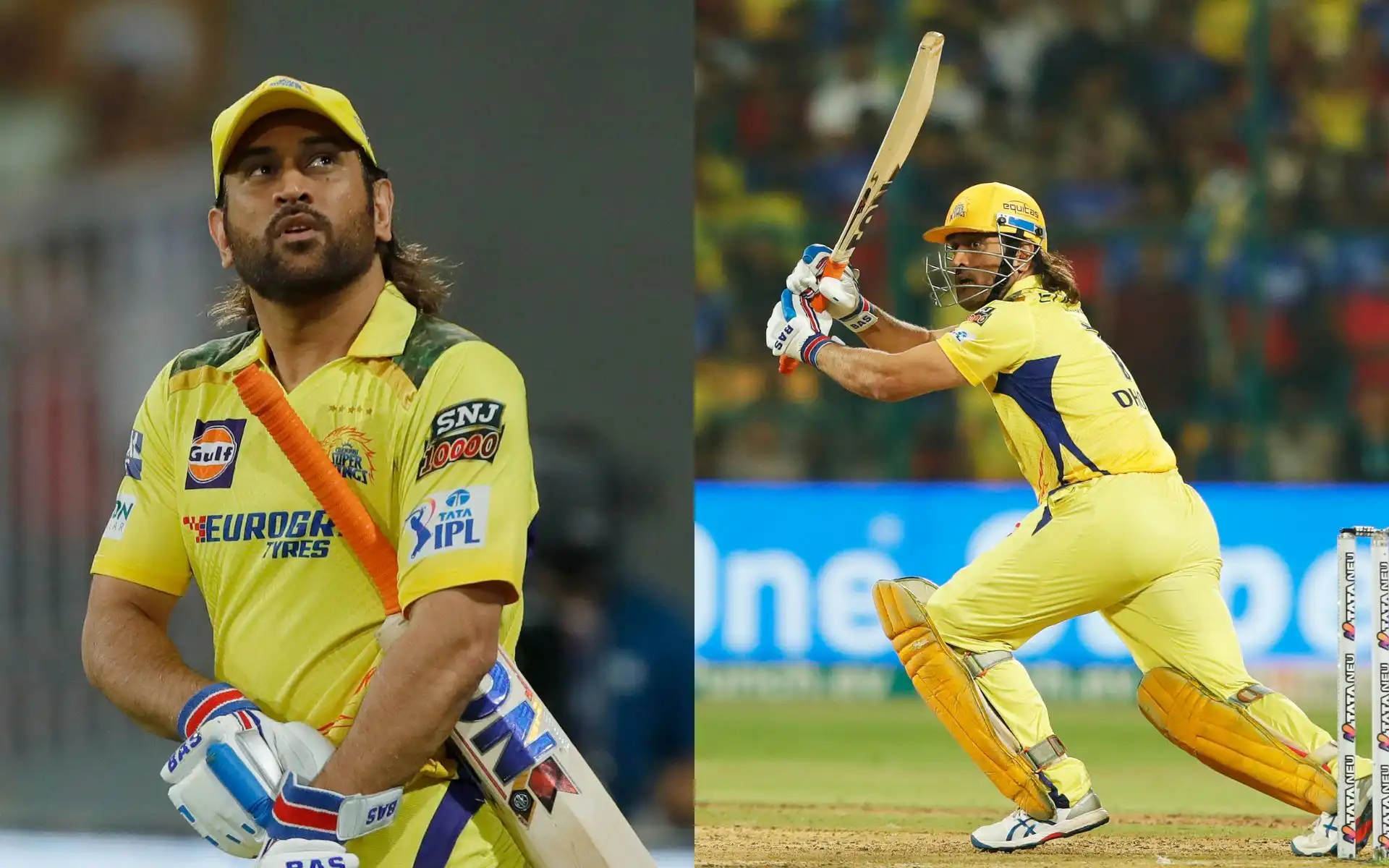![Virat Kohli and MS Dhoni [Source: @DHONIism, @toisports/x.com]](https://onecricketnews.akamaized.net/parth-editor/oc-dashboard/news-images-prod/1743107388613_vk_ms0718.jpg?type=hq) Virat Kohli and MS Dhoni [Source: @DHONIism, @toisports/x.com]
Virat Kohli and MS Dhoni [Source: @DHONIism, @toisports/x.com]
Virat Kohli enters the CSK clash in outstanding form, coming off a well-crafted 59 in his previous match and showing all the hallmarks of a batter in good touch. His confidence at the crease, crisp timing, and calculated aggression make him RCB's most formidable weapon as he takes guard to open the innings. When this in-form Kohli strides out facing the new ball, the clock starts ticking on CSK's containment strategy. With Kohli having the entire powerplay to settle in, Chennai's approach requires precision and adaptability.
The Powerplay Attack
CSK must strike early, deploying left-arm pacers Khaleel Ahmed and Sam Curran in the first six overs. Kohli has historically shown vulnerability to this angle in recent IPL seasons, particularly when the ball shapes away from him. The strategy here is clear: maintain a fourth-stump line with occasional induckers targeting his pads.
Key to this approach is denying Kohli his strengths. According to recent data, when Kohli's cover drives are restricted in the first 15 balls, his strike rate drops by nearly 20%. CSK's field placements must reinforce this bowling strategy with aggressive catching positions at slip and gully, alongside a deep point to cut off his favourite boundary option.
| Phase | Primary Bowlers | Line & Length | Key Field Placements |
| 1-6 overs | Khaleel, Curran | Fourth stump, good length | Slip, gully, deep point |
| 7-15 overs | Ashwin, Ellis | Off-stump, back of length | Short cover, deep midwicket |
| 16-20 overs | Jadeja, Noor Ahmad | Stumps, yorker length | Long-on, long-off, deep square |
Mid-Innings Defence
If Kohli survives the powerplay onslaught, CSK faces a well-set master batter. This is where bowling changes become critical. Nathan Ellis should be introduced immediately after the powerplay with his deceptive pace variations and effective slower balls.
The spin duo of Ravichandran Ashwin and Ravindra Jadeja will be crucial in the middle phase. Ashwin's carrom balls targeting Kohli's outside edge, coupled with Jadeja's dart-like accuracy aiming for the stumps, present a formidable challenge even for a set Kohli.
Kohli's Phase-wise Vulnerabilities
| Phase | Preferred Shots | Dismissal Patterns | Strike Rate |
| Powerplay | Cover drive, Flick | Caught behind, LBW | 135-145 |
| Middle Overs | Sweep, Lofted drive | Caught at boundary, Stumped | 130-140 |
| Death Overs | Slog sweep, Straight hit | Miscued pull, Yorkers | 170-190 |
Unconventional Death Over Strategy: The Spin Gamble
While conventional wisdom favours pace at the death, CSK's potential use of Jadeja and Noor Ahmad against Kohli in the final overs represents innovative tactical thinking. Jadeja's death economy in 2023-24 (8.52) was better than many premier fast bowlers, while Kohli's strike rate against spin at death (160-170) has been lower than against pace (180-200).
Left-arm spinners force Kohli to adjust his power-hitting zones and timing, and their flatter trajectories make it harder for him to get underneath for his trademark lofted drives. Additionally, MS Dhoni's experience with using spinners at unconventional moments has historically yielded results.
![Bowling Effectiveness against Virat Kohli in the first 30 balls [Source: OneCricket]](https://onecricketnews.akamaized.net/parth-editor/oc-dashboard/news-images-prod/1743107248011_bowling_effectiveness.jpg?type=mq) Bowling Effectiveness against Virat Kohli in the first 30 balls [Source: OneCricket]
Bowling Effectiveness against Virat Kohli in the first 30 balls [Source: OneCricket]
Conclusion
With meticulous execution of this game plan, CSK can significantly reduce Kohli's impact, leveraging both conventional wisdom and unconventional tactics to counter one of cricket's greatest batsmen. The key remains early containment - if Kohli can be restricted to a below -120 strike rate in the powerplay, half the battle is won. Should he break free, Ruturaj Gaikwad's tactical acumen will be tested as CSK shifts to a spin-heavy strategy that could prove to be the difference-maker in this high-stakes encounter.
.jpg)




